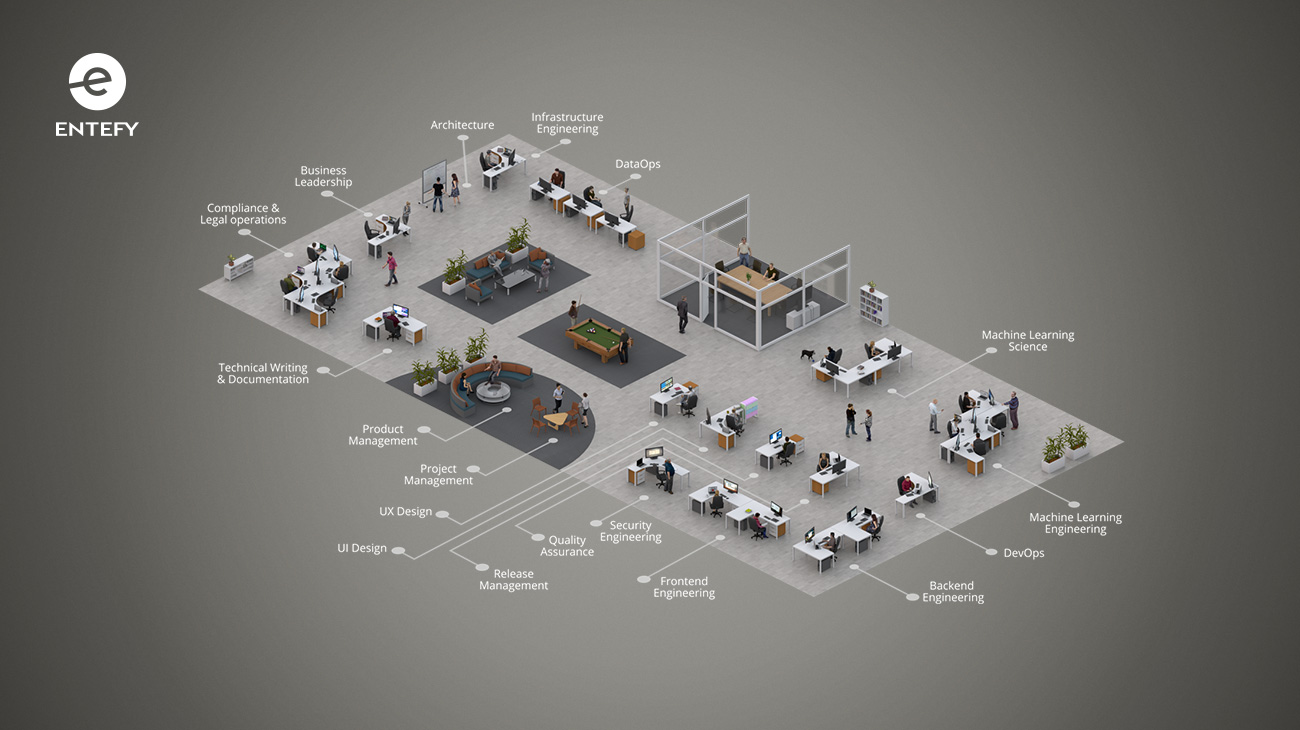The artificial intelligence (AI) revolution is unfolding right before our eyes, and organizations of all types have already begun taking advantage of this amazing technology. Today, machine learning is transforming industries and disrupting software and automation across the globe.
AI/machine learning as a discipline is highly dynamic, relying on a unique blend of science and engineering that requires training models and adjusting algorithms to make useful predictions based on a dataset. Building algorithmic models and thoughtful process orchestration are central to work in this field and extensive experimentation is simply par for the course. And, high precision in AI and machine learning is achieved where science meets art.
At Entefy, we’re obsessed with advanced computing and its potential to change lives for the better. Given our work in AI and machine learning over the years, we’ve had the good fortune of working with amazing people, inventing new things, and building systems that bring unprecedented efficiency to operations, processes, and workflows. This includes our work in the emerging, complex field of multimodal AI.
So, what does it take to make it all work and work well? What are the proficiencies and competencies required to bring AI applications to life? Here are the 18 skills needed for the successful development of a single AI solution from ideation to commercial delivery:
Architecture: Design and specification of software subsystems, supporting technologies, and associated orchestration services to ensure scalable and performant delivery.
Infrastructure Engineering: Implementation and maintenance of physical and virtual resources, networks, and controls that support the flow, storage, and analysis of data.
DataOps: Management, optimization, and monitoring of data retrieval, storage, transformation, and distribution throughout the data life cycle including preparation, pipelines, and reporting.
Machine Learning Science: Research and development of machine learning models including designing, training, validation, and testing of algorithmic models.
Machine Learning Engineering: Development and software optimization of machine learning models for scalable deployment.
DevOps: Building, packaging, releasing, configuring, and monitoring of software to streamline the development process.
Backend Engineering: Development of server-side programs and servicesincluding implementation of core application logic, data storage, and APIs.
Frontend Engineering: Development of client-side applications and user interfaces such as those present in websites, desktop software, and mobile applications.
Security Engineering: Implementation and management of policies and technologies that protect software systems from threats.
Quality Assurance: Quality and performance testing that validates the business logic and ensures the proper product function.
Release Management: Planning, scheduling, automating, and managing the testing and deployment of software releases throughout a product lifecycle.
UI Design: Wireframing, illustrations, typography, image and color specifications that help visually bring user interfaces to life.
UX Design: Specification of the interaction patterns, flows, features, and interface behaviors that enhance accessibility, usability, and overall experience of the user interaction.
Project Management: Coordination of human resources, resolution of dependencies, and procurement of tools to meet project goals, budget, and delivery timeline.
Product Management: Scoping user, business, and market requirements to define product features and manage plans for achieving business goals.
Technical Writing and Documentation: Authoring solution and software specifications, usage documentation, technical blogs, and data sheets.
Compliance and Legal Operations: Creation and monitoring of policies and procedures to ensure a solution’s adherence to corporate and governmental regulations through development and deployment cycles, including IP rights, data handling, and export controls.
Business Leadership: Strategic decision making, risk assessment, budgeting, staffing, vendor sourcing, and coordination of resources all in service of the core business and solution objectives.
